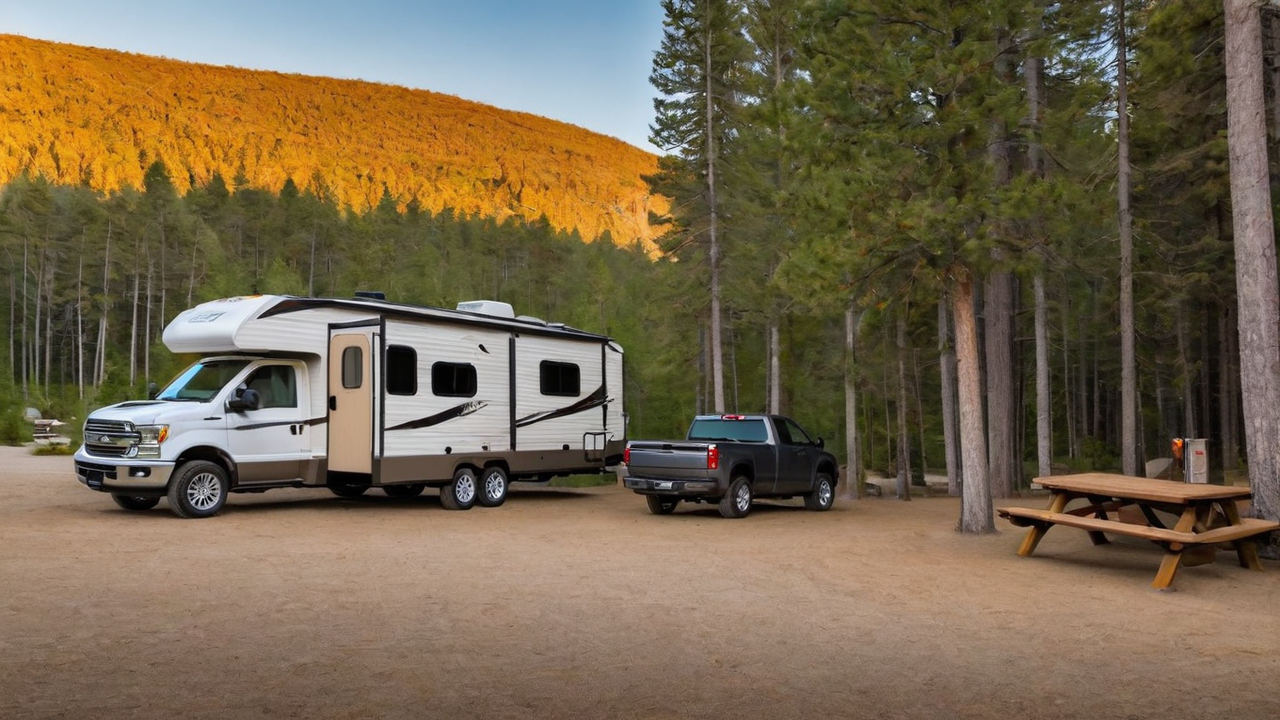Designing the Supreme User Experience: Designing Principles for Campground Programs
Designing the Supreme User Experience: Designing Principles for Campground Programs
Blog Article

Comprehending Your Users
Understanding who the target users is vital in creating an effective user's interface. It is essential to take into account the needs, likes, and tech competence. This knowledge guides every design choice, ensuring that your software becomes user-friendly and easy to use.
Understanding the audience likewise means recognizing their challenges and the way they plan to use your campground software. It enables the designers to tailor functions and functionalities that address specific requirements, making your software not only helpful but also indispensable.
Streamlining the Navigation
Simplifying your navigation can be one major aspect of interface design. A intuitive menu system ensures visitors can easily locate what they're searching for, minimizing frustration and enhancing user satisfaction. It's about making the journey through the software as smooth and effortless as possible.
Additionally, a well-designed navigation leads visitors through the application, highlighting functions and tools that they might otherwise would overlook. Such an approach not only improves user experience but also encourages deeper interaction with your campground software full array of capabilities.
Incorporating Premium Visuals
Graphics have a vital part in making a engaging user interface. Visuals help in breaking up monotony and can demonstrate features more clearly than words alone. Selecting the appropriate images, icons, and color schemes can improve the overall aesthetic of the application, making it more attractive to the eye.
Additionally, visual consistency is crucial for establishing brand identity and trust amongst users. Each component ought to be in harmony with the brand’s values and the mission of your software, leading to a seamless experience that feels both professional and inviting.
Improving Responsiveness
In today's tech world, users expect camping programs to be responsive on all devices, from desktops to mobile phones. An adaptive design makes sure that regardless of the screen size, the software provides an uncompromised experience. This not only increases usability but likewise caters directly to the audience's on-the-go lifestyle.
Additionally, enhancing the responsiveness can also result in better performance, decreasing the loading time and preventing frustration. Users value a speedy and efficient experience when accessing camping applications, and this makes performance a crucial element in satisfaction levels.
Optimizing the Search
Locating data efficiently is fundamental in any software, especially in campground software systems. Enhancing your search functionality allows users to quickly discover exactly what they're searching for, which enhances user experience and productivity. Through advanced search capabilities, you minimize user frustration and boost general satisfaction.
Furthermore, complex search options like filters and tags can assist in narrowing down search results, making it search process more effective. Implementing these features shows an understanding of the user’s needs and an effort to enhancing the user’s interaction with your campground software as smooth and productive as possible.
Prioritizing Security
Protecting user information must be non-negotiable when coming to developing campground programs. Your users expect to feel safe when entering their personal information. Ensuring strong security measures not only protects the information but likewise builds a sense of trust between your customer and your company.
In addition to standard protections like strong passwords and data encryption, it's important to consider integrating advanced security measures such as two-factor authentication or biometric verification. These features provide an extra layer of security, ensuring that user data is kept safe from unauthorized access.
Leveraging Feedback
Feedback is vital for ongoing improvement of the campground software. It allows developers to understand what works, what doesn’t, and how the software can be improved to better meet the user’s expectations. Actively seeking this type of feedback builds a partnership between your customers and your development team, which makes them feel they are part of the product's journey.
Incorporating this feedback into account can result in noticeable enhancements in UI designs and overall user experience. Implementing changes based on actual feedback proves that your brand listens to its customers and is dedicated to providing a top-notch product.
Maintaining Simplicity
In UI design, the principle of simplicity is fundamental. An unnecessarily complicated interface can overwhelm users, resulting in an negative UX. Keeping things simple, on the hand, makes the software easier to understand and navigate. This promotes more engagement and satisfaction levels.
Additionally, maintaining simplicity should also apply to your content and features. Avoid superfluous functions that do not add value can help ensure that the find more UI remains sleek and focused on the core requirements of the users. By, you can design a more streamlined and efficient user experience that appeals with the audience.
Report this page